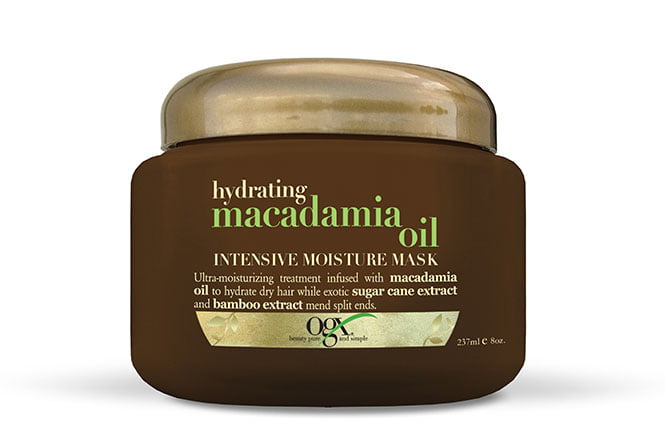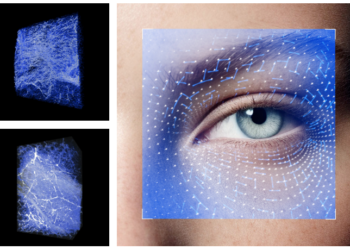“In the spring and summer, there is much more moisture and humidity in the air, which contributes to frizz,” explains Kerry Warn, International Creative Consultant for John Frieda. This humidity causes the cuticle to lift in the hair, which swells the strands and allows moisture in, causing it to frizz.
“It is important to keep your hair hydrated by using heat protection sprays before heated tools, using products with UV protection and – if you get your hair coloured – a regenerative treatment at the salon,” suggests Sam Overton, Unilever Hair Creative Director.
Here are 14 frizz-fighting tips to ensure frizz is a thing of the past!
2. If hair is prone to frizziness, extreme use of heat appliances and heavily processed colour will make it frizz even more. This can damage and permanently change the texture of the hair. The lesson here is to get in early and have your hairdresser recommend an at-home treatment.
3. Short on leave-in treatments? “Use your conditioner like a treatment,” Sam Overton advises. “Leave it on for up to five minutes before you wash it out – your hair will suck up everything it needs from just the conditioner!”
4. Massage your scalp with an oil and leave-in overnight. Sam recommends Macadamia Oil. “It helps to prevent against hair breakage by penetrating the scalp and hair follicles and improving hair strength and elasticity,” he explains. Just be sure to add a towel over the pillow for extra linen protection!
5. Avoid rubbing wet hair with a towel. Instead, just blot and squeeze out the excess moisture, suggests Kerry Warn. Then apply a serum section by section, “avoid your roots, then comb through again using a wide tooth-comb,”. “Allow your hair to dry naturally or use a diffuser to create a curly look. Alternatively, use a large natural bristled brush to blow-dry smooth.”
6. When it comes to hair care ingredients, you don’t need to avoid anything if you follow a few simple care steps. Sam Overton recommends we, “take the same interest in protecting your hair that you do in protecting your skin during summer.”
7. “Frequent washing can actually dehydrate the hair,” cautions Kerry. If your hair is depleted at the ends, this will only encourage frizzing. Have regular trims to take off just the very tips and keep dry, split ends at bay.
8. “If you have frizzy curls and you want to wear it straight this is going to be a struggle especially in humid or dry climates,” Kerry points out. “Using a serum can help combat some of this humidity or weather induced frizz.”
9. If you have a finer hair structure, serums may be too heavy. Create a capsule around your curls using a grittier sea salt product to lock down fly-aways.
10. Ask for blunt lines rather than layers when visiting the salon. “Layers remove weight which can actually help drag the frizz down. I strongly suggest not cutting layers in frizz-prone hair, ” urges Sam.
11. “There are definitely many ways you can fight frizz,” assures Kerry. These include in-salon treatments (so request one with each cut or colour). If these prove too pricey, introduce at-home products from your salon that are specifically designed to ease frizz. By being consistent with this, you can ‘train’ your hair to behave. It will become more resilient over time with the correct, regular care.
12. Look for shampoo containing sodium hydroxide. This relaxes the hairs and bonds the cuticle.
13. Ease off on the colour treatments in summer. The same goes for heat tools. Try and extend your blowout instead of constant rewashing and styling.
14. Heat styling and humidity is the double-whammy for wacked out frizzy hair, so Sam suggests you step away from the heat tools as much as you can. “If you’re going to use them anyway, just make sure you use a heat protection spray and don’t turn the temperature up past 180 degrees. This will help to limit the damage to your hair.”
































